Share
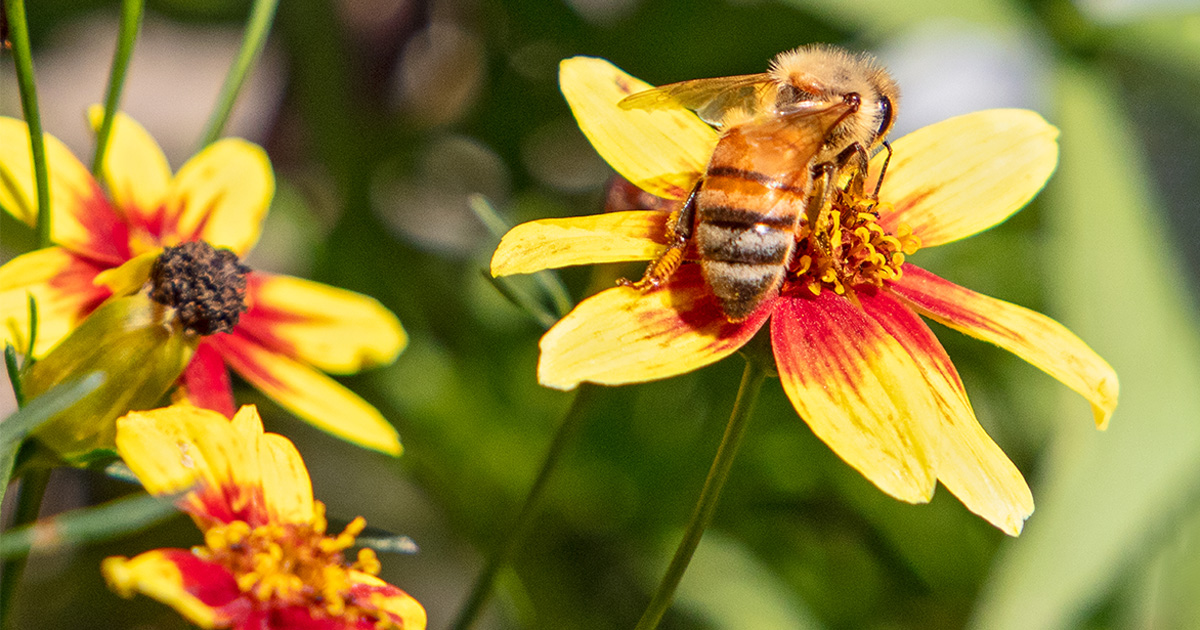
How to Attract and Keep Pollinators and other Beneficial Bugs in Your Yard
What is a Beneficial Bug?
It’s easy to call all bugs “pests”, but there are some good bugs out there! Beneficial bugs are types of insects that help protect or pollinate your yard. There are many types of beneficial bugs but some common ones that you will see in Northern Nevada are Ladybugs, Bees, Butterflies, Moths, Praying Mantises, Green Lacewings, and many types of spiders and beetles. Although your ‘protector’ bugs are important, pollinators are the driving force behind a successful harvest!
Take care of your pollinators and they’ll take care of you!
Why are Pollinators so Important?
Pollinators are crucial to the success of fruit and nut trees, and vegetables! They act as the carrier of precious pollen from flower to flower which gives plants and trees the necessary genetic material to create fruits and vegetables. Typical pollinators include hummingbirds, butterflies and most importantly bees!
Choosing trees, shrubs and plants that benefit your pollinators helps build a healthy habitat for them but you can also provide supplemental food like Butterfly & Hummingbird Nectar in feeders to keep your pollinators around. Visit any one of our 3 locations to find different pollinator nectars.
We spoke with Plant Doctor, Michael Roth about attracting and keeping pollinators in your backyard!
Planting to Attract Pollinators and other Beneficial Bugs
There are many types of plants that will attract beneficial bugs and using them as a part of your landscape will help create a more long-lasting, healthy garden. Many of these plants are considered the backbone of any high desert garden or landscape. They can be easy to care for, drought-tolerant, and disease resistant. See some plants that we suggest below:
Herbs & Annuals
- Thyme (creeping and culinary)
- Rosemary
- Culinary Sage
- Lavenders
- Chives
- Garlic Chives
- Nepeta (Catnips)
- Cosmos
- Dill
- Fennel
- Parsley
- Sweet Alyssum
- Yarrow
- Salvia
Perennials
- Agastache (Hyssop)
- Oenothera (Evening Primrose)
- Monarda (Beebalms)
- Penstemon (Beardtongues)
- Asters
- Kniphofia (Red Hot Pokers)
- Gaillardia (Blanket Flowers)
- Echinacea (Coneflowers)
- Scabiosa (Pincushion Flowers)
- Rudbeckia (Coneflowers)
- Coreopsis (Tickseed)
- Heuchera (Coral Bells)
- Digitalis (Foxglove)
Shrubs
- Potentilla Cinquefoils)
- Spiraea (Meadowsweets)
- Russian Sage
- Cotoneaster
- Buddleja (Butterfly Bush)
- Rugosa Rose (Beach Rose)
Trees
- All Fruit Trees
- Flowering Crabapples
- Flowering Pears
- American Mountain Ash
- Lindens
Making a Safe Environment
Your landscaping, lawn care & gardening practices play a big role in both protecting and supporting beneficial bugs. Make sure to read the label of all synthetic and organic fertilizers and pest management mixtures before applying them. Be smart and conservative with the application of pesticides and insecticides. If you’re unsure about spraying, ask one of our many experts in-store or online.
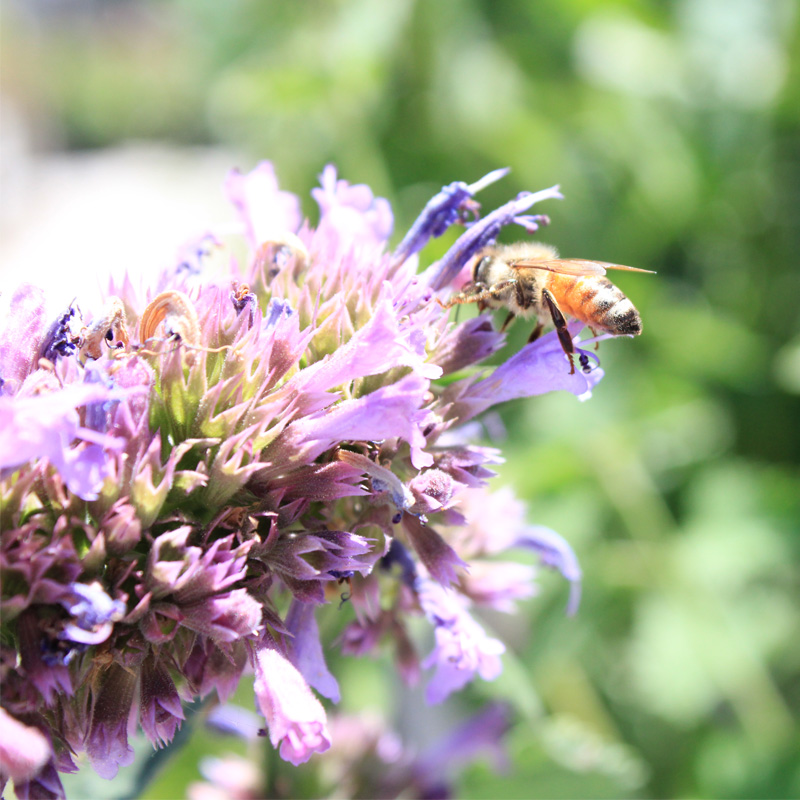
If you have any questions, stop by any one of our three Moana Nursery garden centers or contact us online.
Share
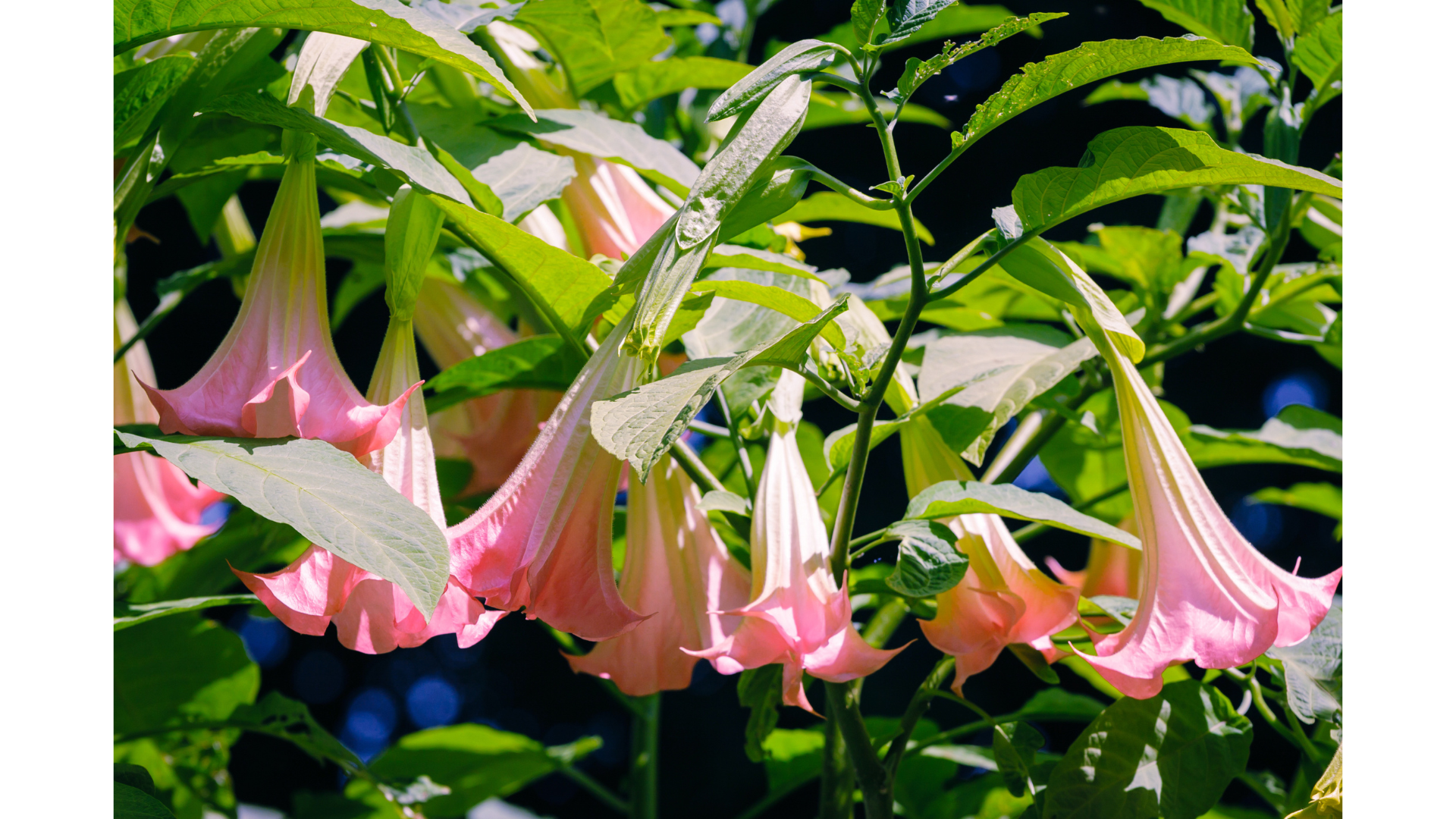
With its dramatic, trumpet-shaped flowers and intoxicating fragrance, Angel's Trumpet (Brugmansia) can transform any garden. However, it's important to approach this beautiful plant with care.
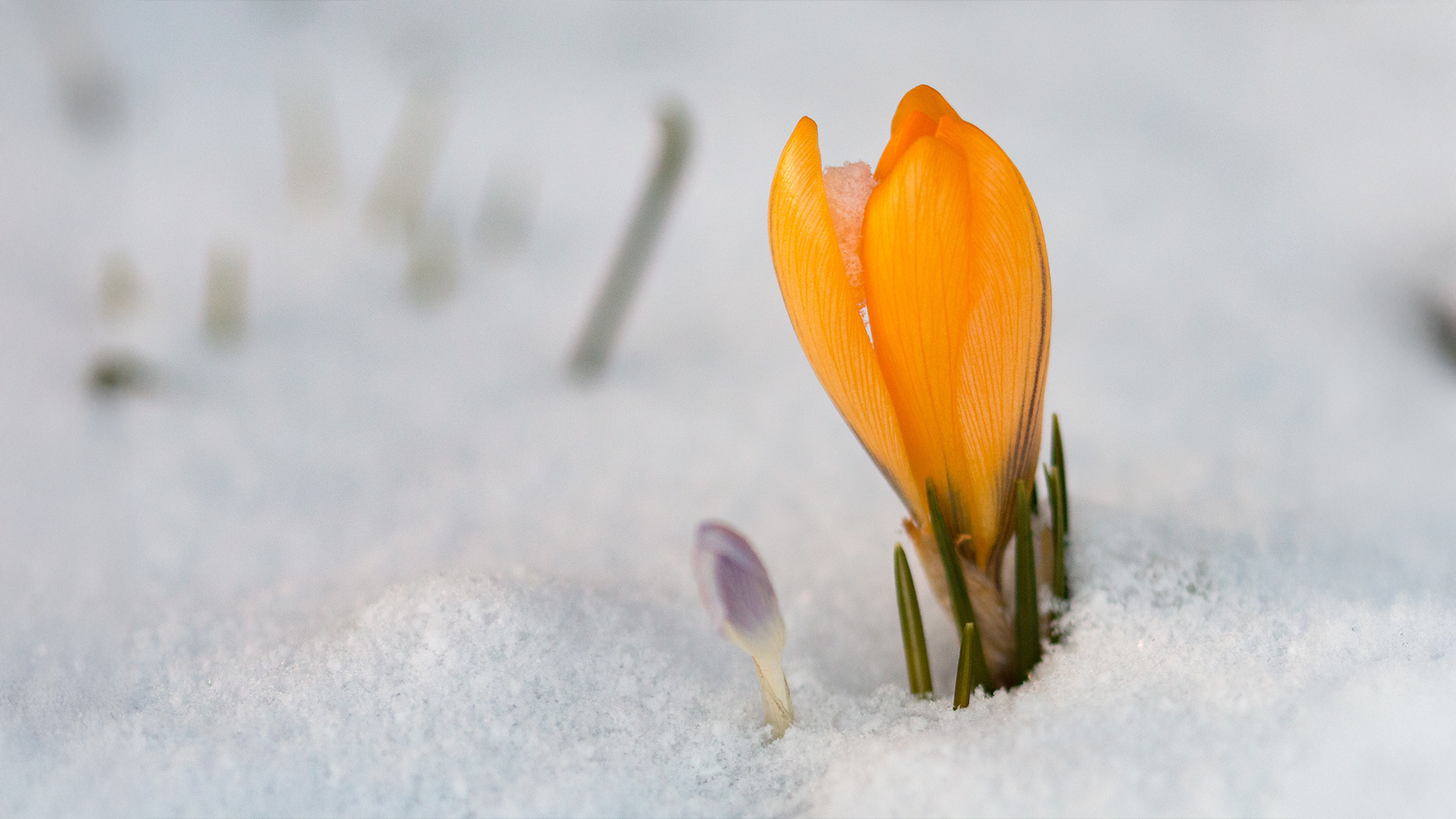
Sometimes a sudden warm spell can trick your spring bulbs into emerging too early. Here's how to protect your bulbs and ensure they thrive once the true spring weather arrives.
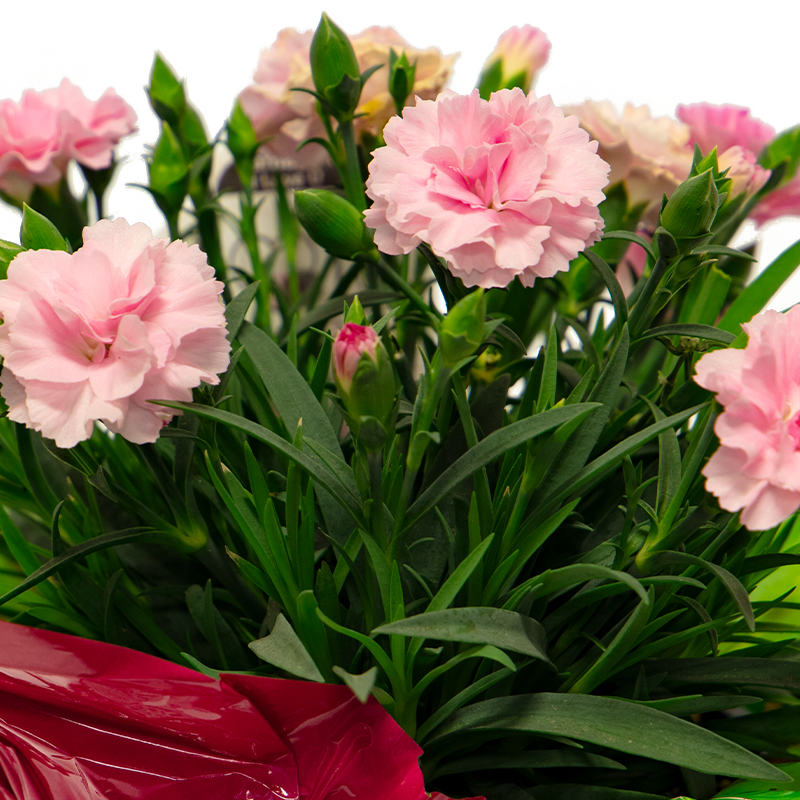
Dianthus are more than just beautiful flowers—they embody resilience, charm, and the promise of vibrant blooms both indoors and out.
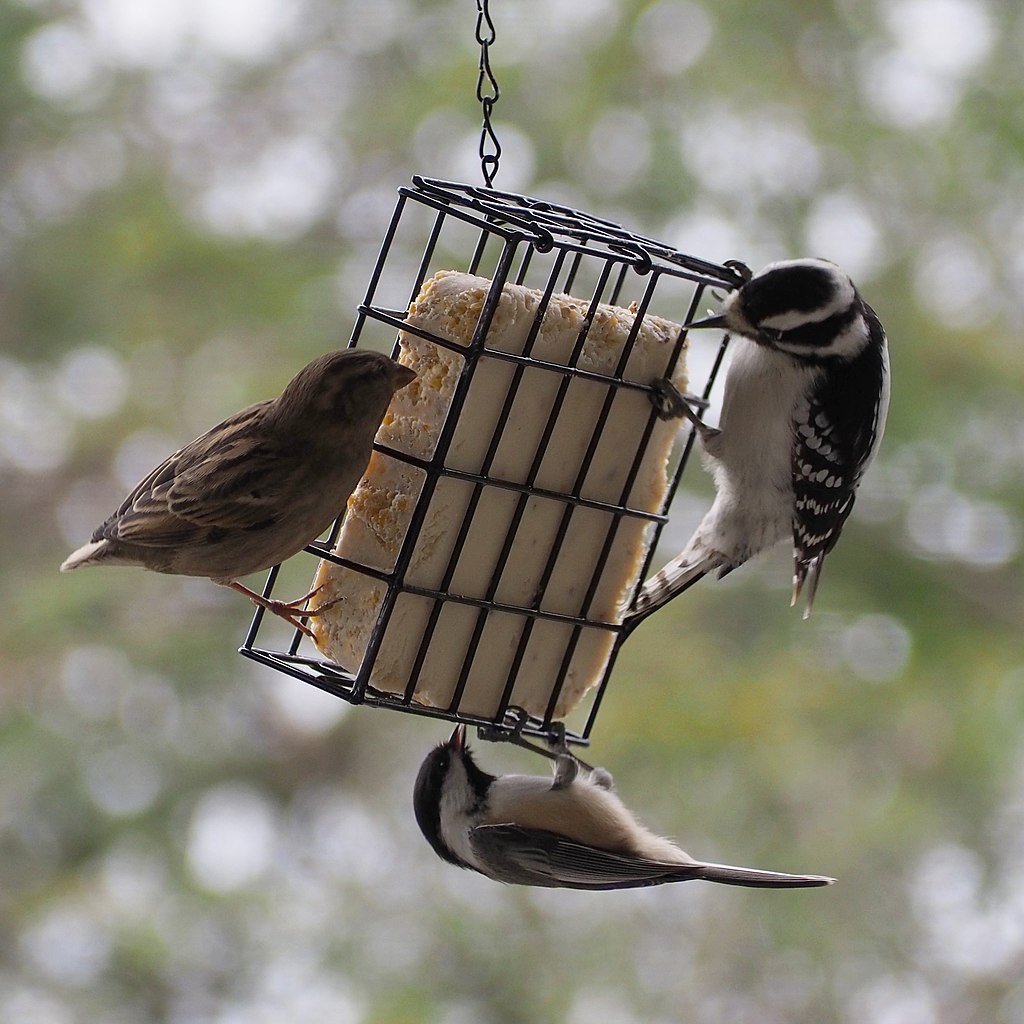
Adding a suet feeder to your backyard is an easy and effective way to support local birds through the early winter months.
